JW/DL7DF
Svalbard - March / April 2016
Operation
Our next DXpedition will take place from Svalbard (IOTA EU-026) between March 30 and April 5, 2016. We will be active from the clubstation JW5E.
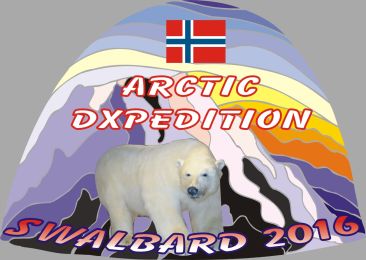
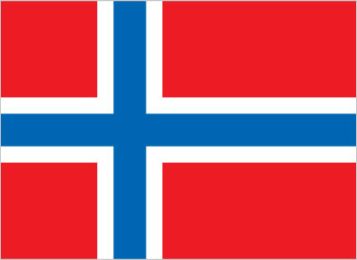
We will be active with two stations from 160m through 10m on CW, SSB, RTTY and PSK31. Please check our News Page.
Team
Our experienced crew includes:
- DK1BT, Manfred
- DL4WK, Wolf
- DL7DF, Sigi
- DL7UFR, Frank
Pilot for this DXpedition is Bernd, DF3CB. Please follow the DX Code of Conduct!
QSL Information
The QSL route is via DL7DF either direct to:
Sigi Presch, DL7DF
Wilhelmsmuehlenweg 123
12621 Berlin
Germany
or via the German QSL bureau DARC to DL7DF.
If you prefer a direct QSL please send a SASE or SAE with 1 new IRC or 2 US$ for a international letter. When sending IRC's please check the expiration date, the new ones are valid until the end of 2017. Any donations are very welcome and needed for the high shipping costs.
If you do not provide the right return postage or a self addressed envelope, we reply via the buro. Please only one call sign per envelope! If more than one, all additional cards go via the buro.
Postage needed for 1 envelope with 20 Gramm (FYI): A letter within DL = 70 Euro Cent, a international letter costs 90 Euro Cent. 1 US$ is equal to 85 Euro Cent. So please keep in mind that 1 US$ - due to the bad exchange rate between the US$ and the Euro - does not cover the postage needed for an international air mail letter!
We will upload the full logs of the DXpedition to LoTW within 6 months after the DXpedition.
Sponsors
We would like to express our sincere thanks to all our sponsors for this DXpedition:
 |
 |
| www.funkamateur.de | www.QSL-Shop.com |
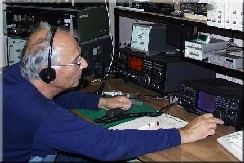 |
|
| Rudi - DM2XO (ex DL7VFR) | Sid - DM2AYO |
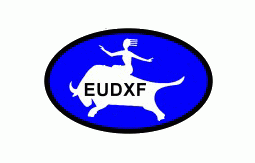 |
|
| European DX Foundation |
Individual sponsors
| Bernd - DF3CB |
About Svalbard
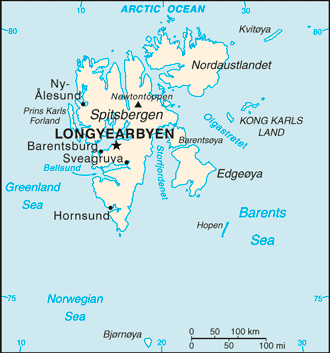 |
Country name: | Svalbard |
| Capital: | Longyearbyen |
| Location: | Northern Europe, islands between the Arctic Ocean, Barents Sea, Greenland Sea, and Norwegian Sea, north of Norway |
| Area: | total: 62,045 sq km land: 62,045 sq km water: 0 sq km |
| Land boundaries: | total: 0 km |
| Coastline: | 3,587 km |
| Climate: | arctic; cool summers, cold winters |
| Terrain: | rugged mountains; much of the upland areas are ice covered; west coast clear of ice about half the year; fjords along west and north coasts |
| Natural resources: | coal, iron ore, copper, zinc, phosphate, wildlife, fish |
| Population: | 1,872 (July 2014 est.) |
| Ethnic groups: | Norwegian 55.4%, Russian and Ukrainian 44.3%, other 0.3% (1998) |
| Languages: | Norwegian, Russian |
| Independence: | none (territory of Norway) |
Coal mining, tourism, and international research are Svalbard's major revenue sources. Coal mining is the dominant economic activity and a treaty of 9 February 1920 gave the 41 signatories equal rights to exploit mineral deposits, subject to Norwegian regulation. Although US, UK, Dutch, and Swedish coal companies have mined in the past, the only companies still engaging in this are Norwegian and Russian. The settlements on Svalbard were established as company towns, and at their height in the 1950s, the Norwegian state-owned coal company supported around 1,000 jobs. Today, around 300 people work in the mining industry. Since the 1990s the tourism and hospitality industry has grown rapidly and Svalbard now receives 60,000 visitors annually. Goods such as alcohol, tobacco, and vehicles, normally highly taxed on mainland Norway, are considerably cheaper in Svalbard in an effort by the Norwegian government to entice more people to live on the Arctic archipelago. By law, the Norway collects only enough taxes to pay for the needs of the local government; none of tax proceeds go to Norway.
Reference: CIA - The World Factbook -- Svalbard
